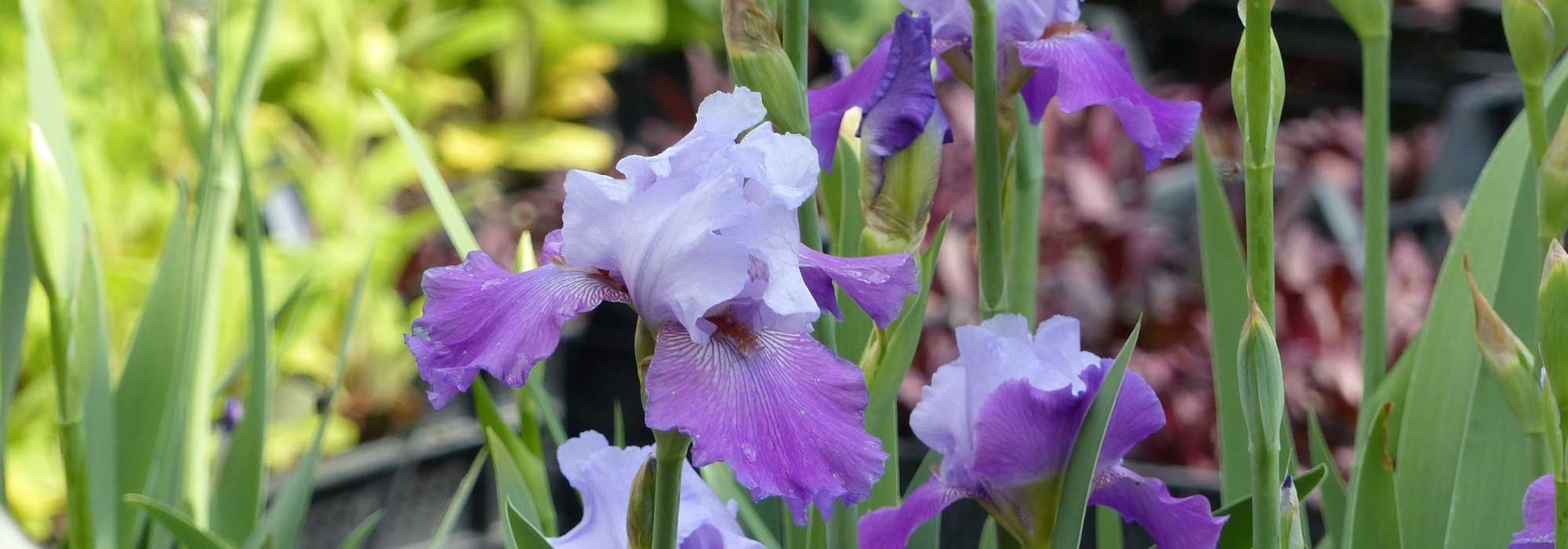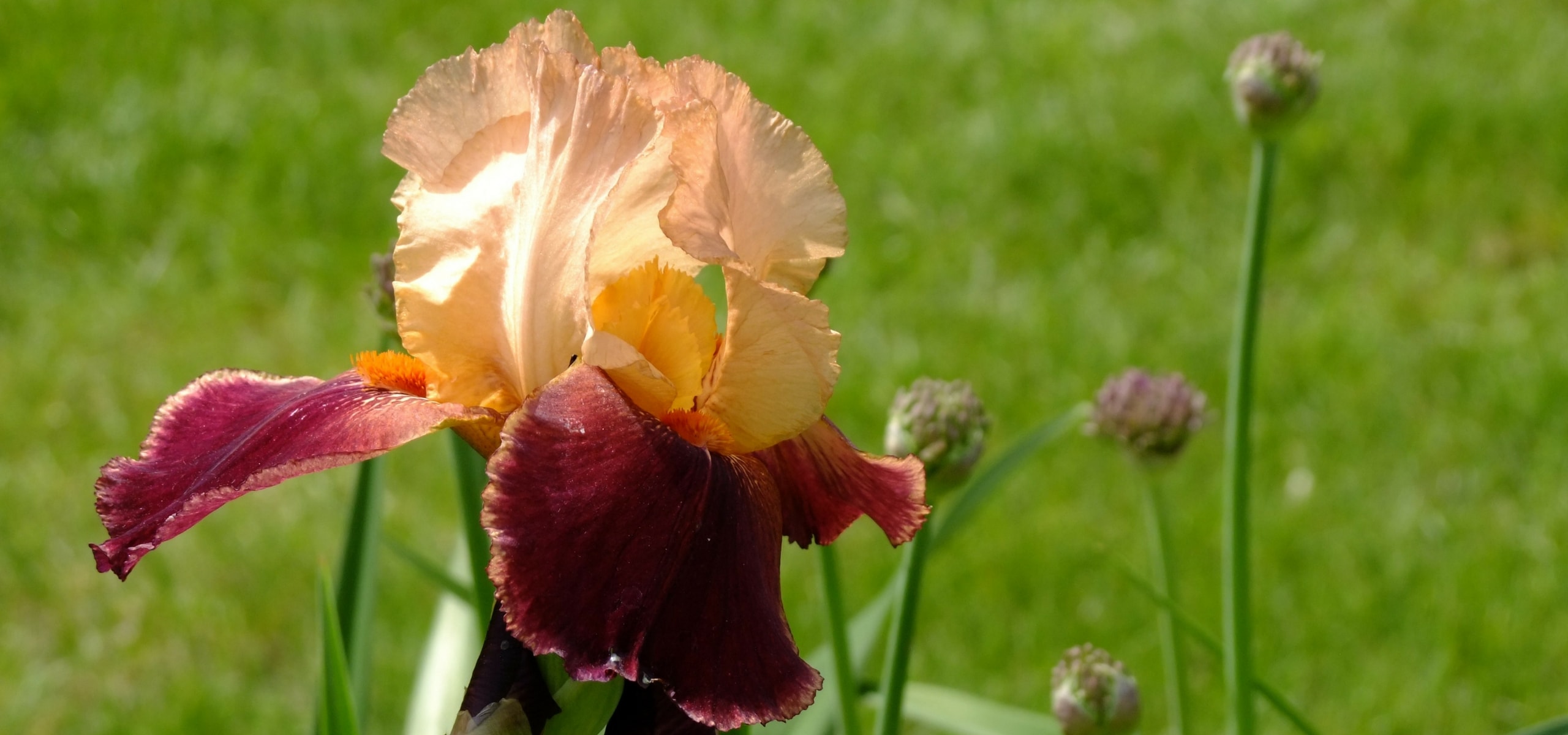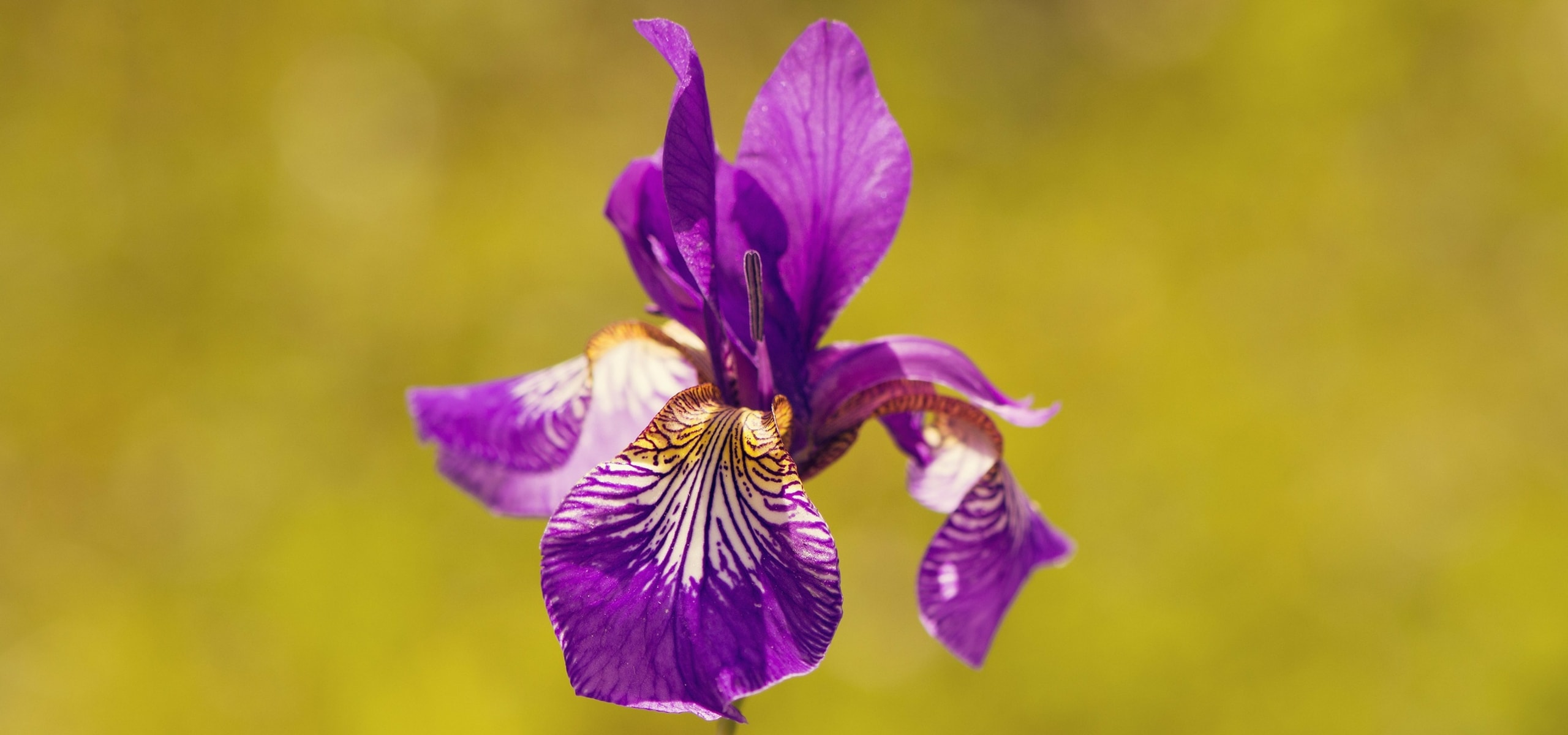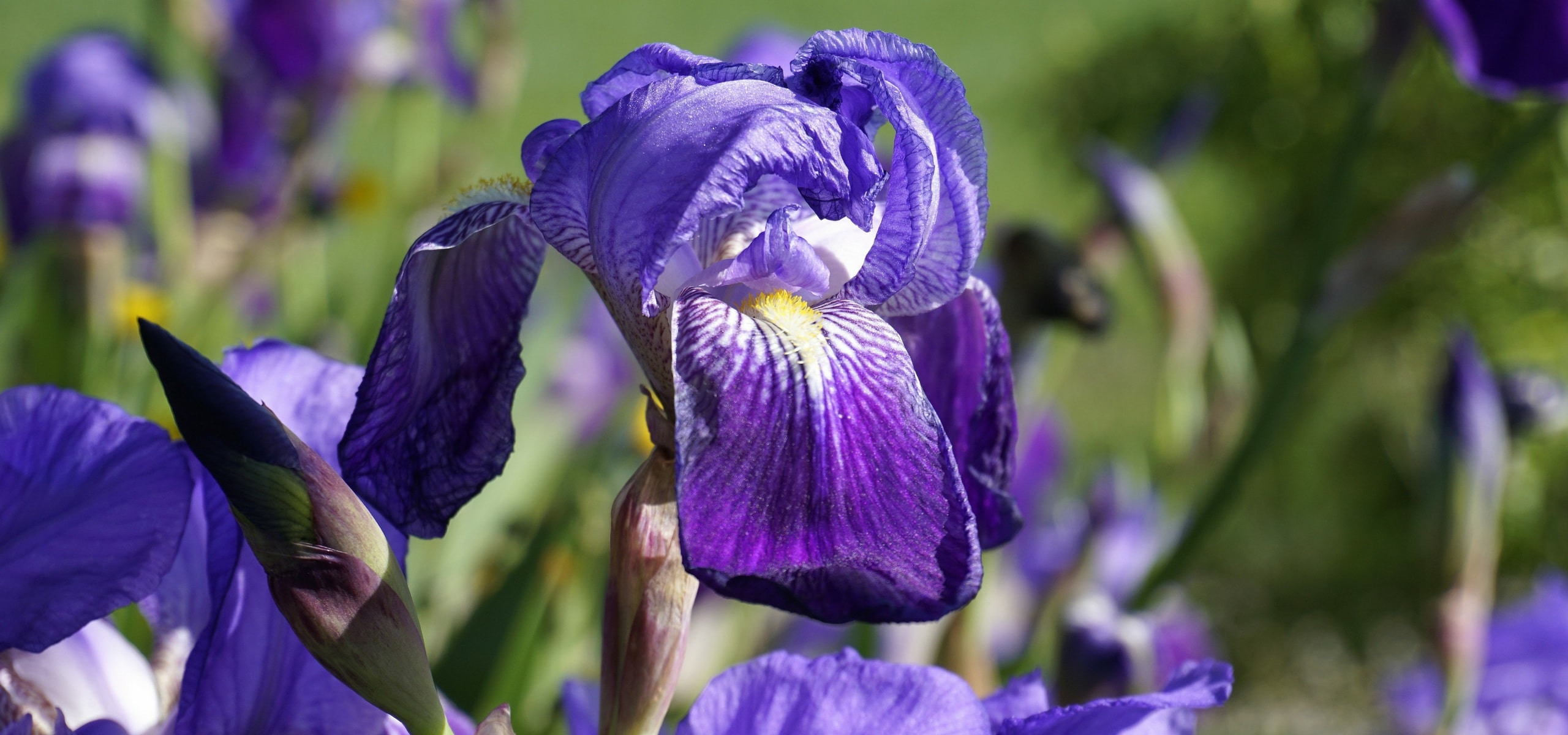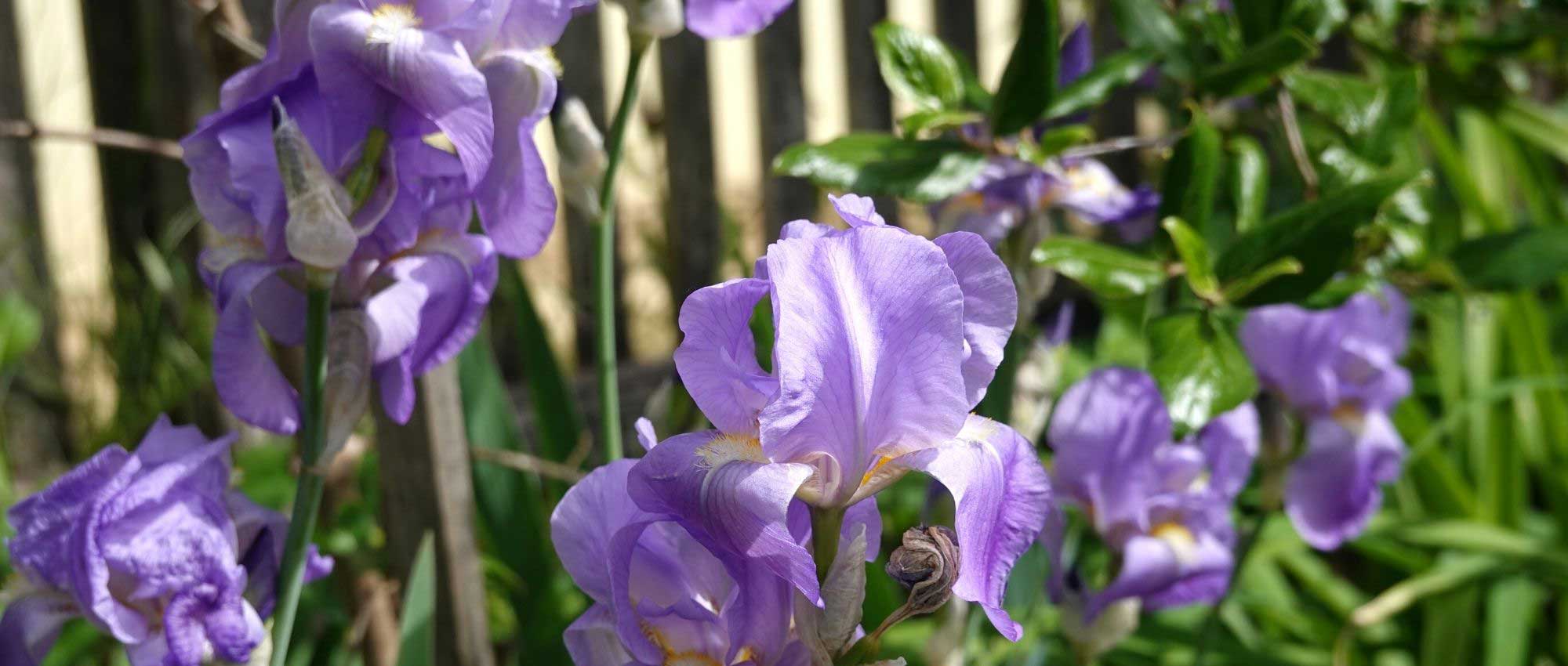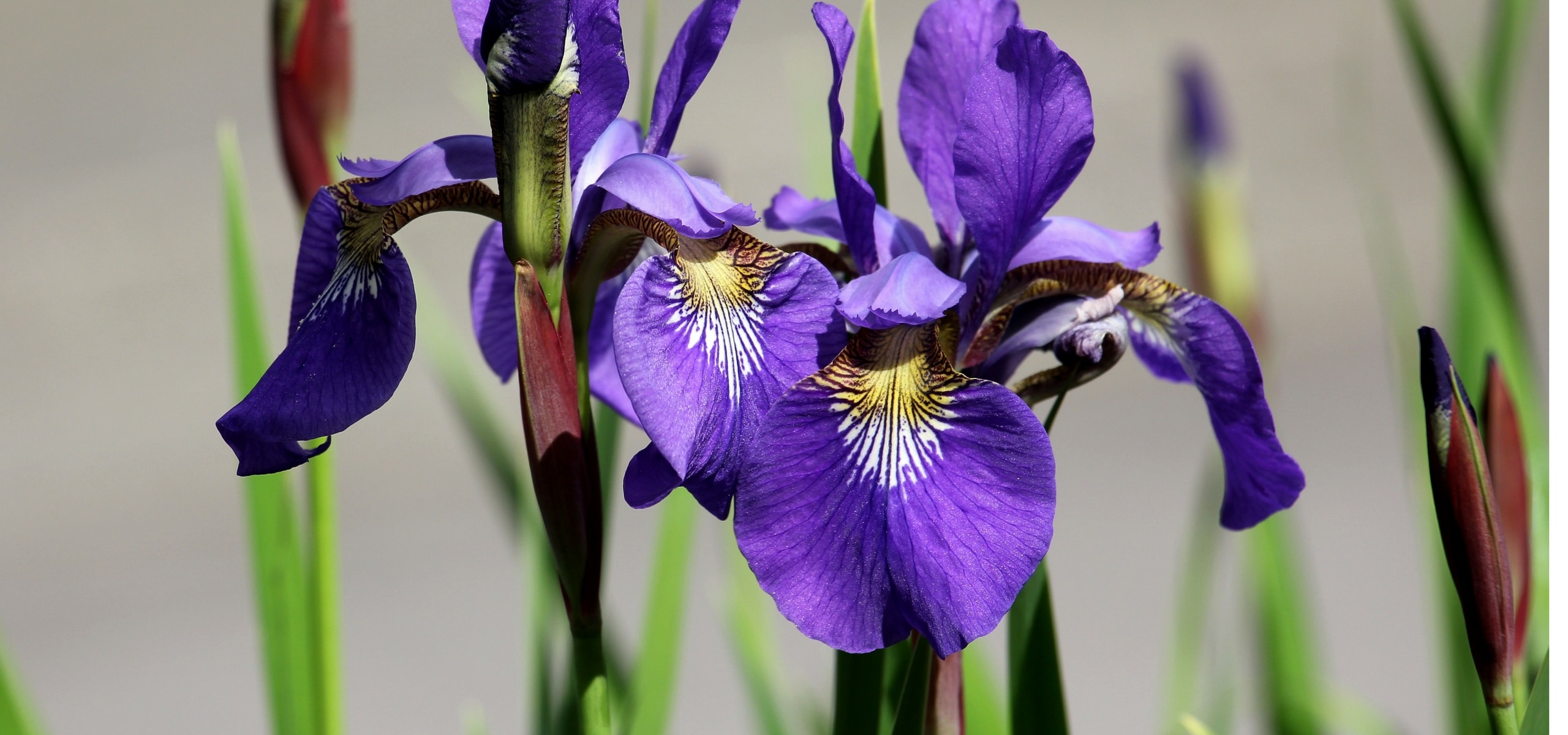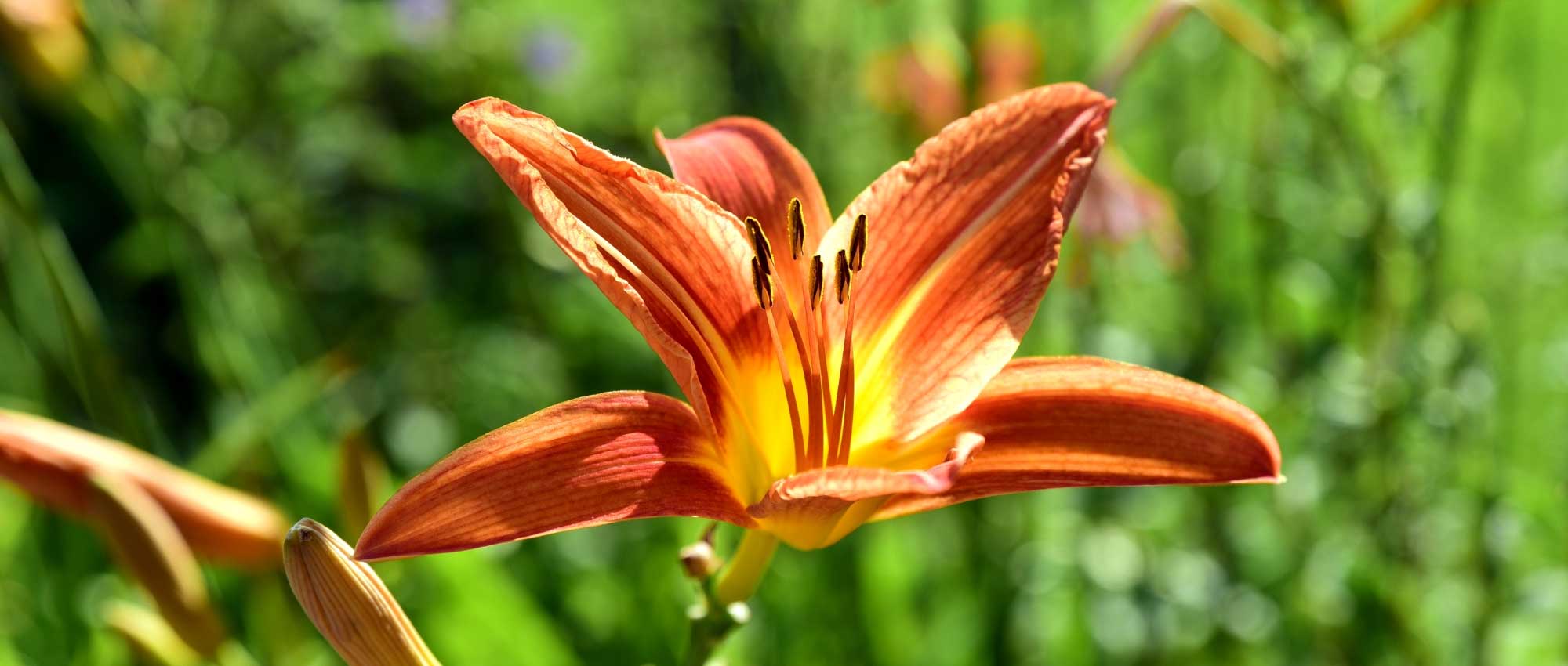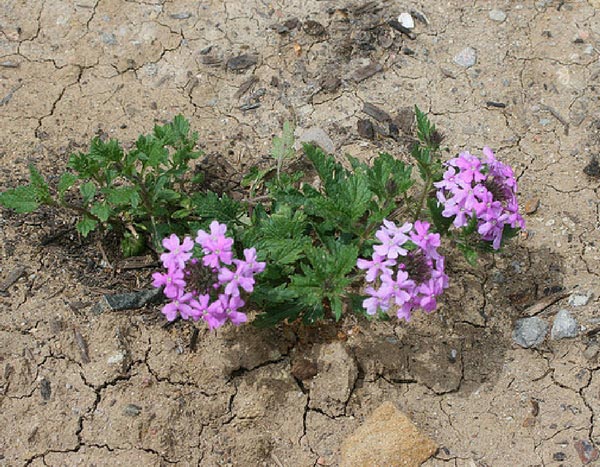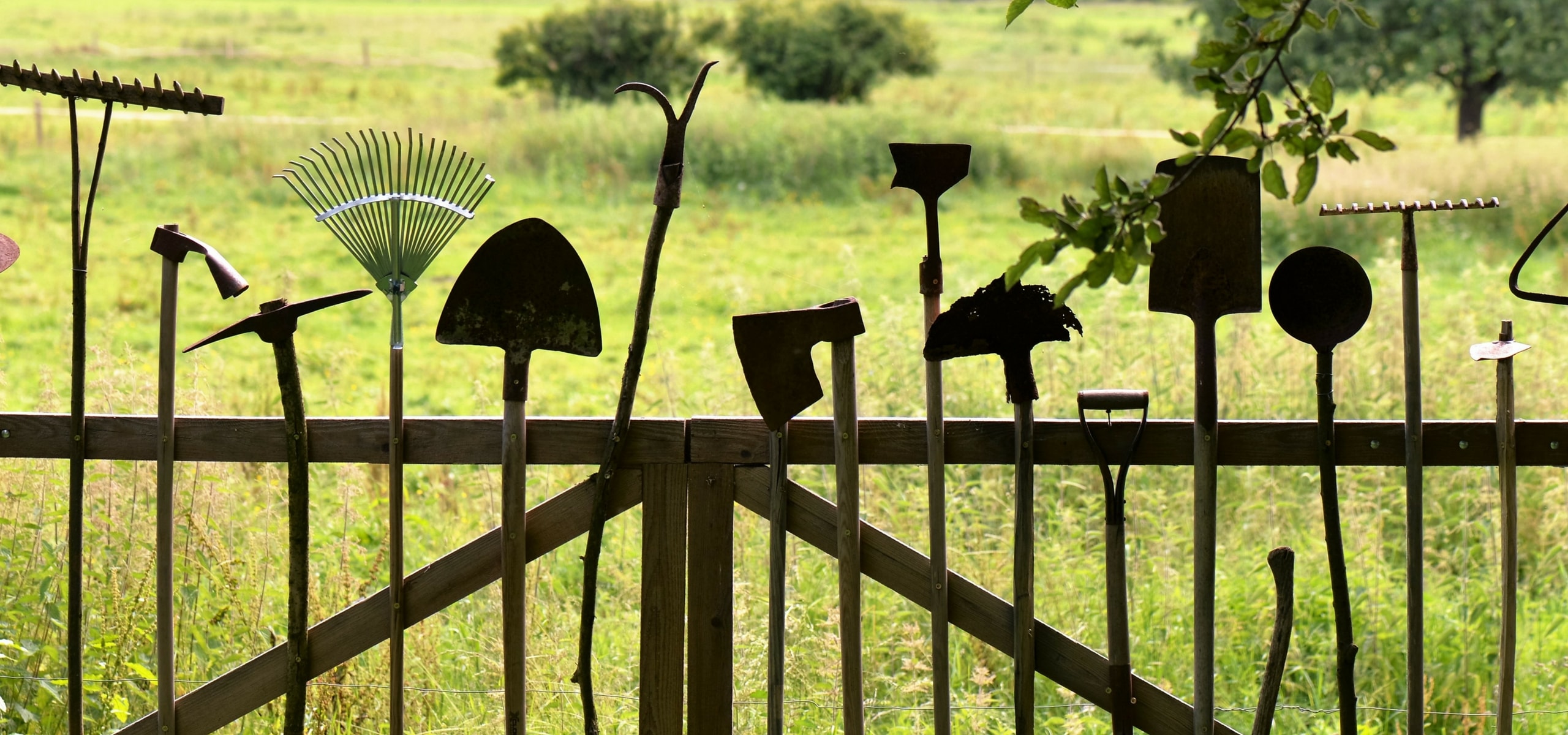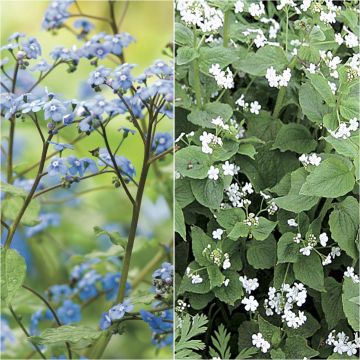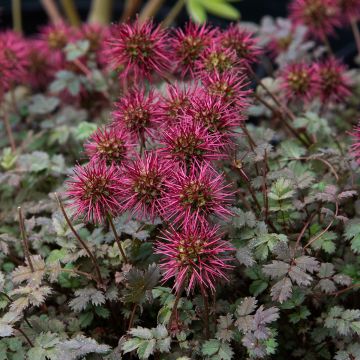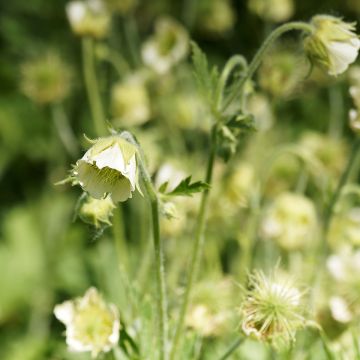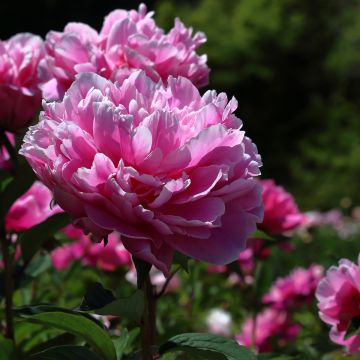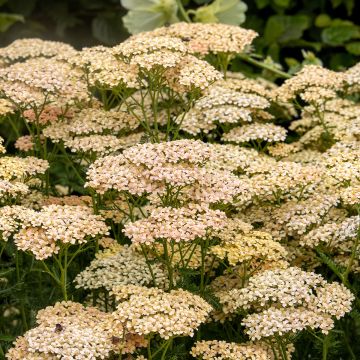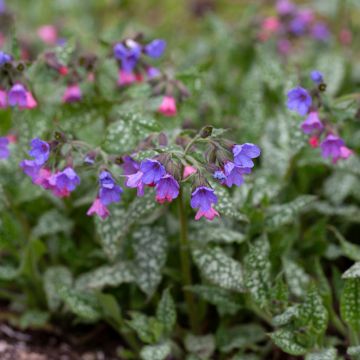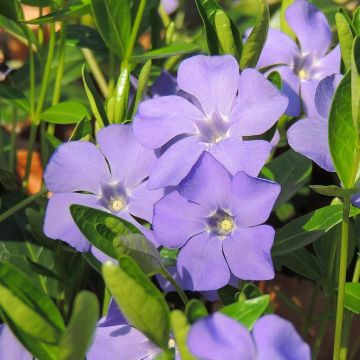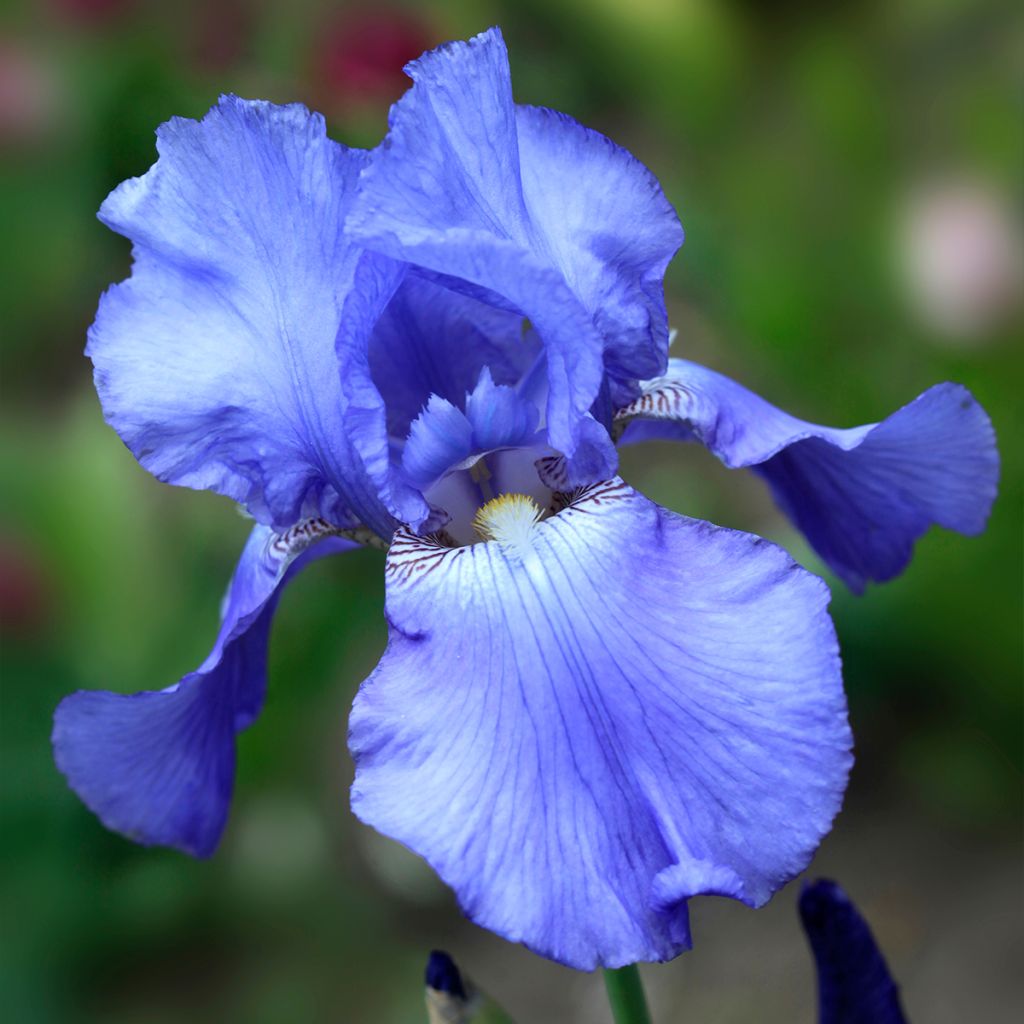

Iris germanica Heure Bleue - Bearded Iris
Iris germanica Heure Bleue - Bearded Iris
Iris germanica Heure Bleue
German Iris, Bearded Iris
Special offer!
Receive a €20 voucher for any order over €90 (excluding delivery costs, credit notes, and plastic-free options)!
1- Add your favorite plants to your cart.
2- Once you have reached €90, confirm your order (you can even choose the delivery date!).
3- As soon as your order is shipped, you will receive an email containing your voucher code, valid for 3 months (90 days).
Your voucher is unique and can only be used once, for any order with a minimum value of €20, excluding delivery costs.
Can be combined with other current offers, non-divisible and non-refundable.
Home or relay delivery (depending on size and destination)
Schedule delivery date,
and select date in basket
This plant carries a 12 months recovery warranty
More information
We guarantee the quality of our plants for a full growing cycle, and will replace at our expense any plant that fails to recover under normal climatic and planting conditions.
Does this plant fit my garden?
Set up your Plantfit profile →
Description
The Iris germanica 'Heure Bleue' is a Bearded Iris with vigorous growth, undoubtedly ranking among the most beautiful monochromatic varieties. It produces very large flowers of an absolutely superb sky-blue colour in spring, borne on long flowering stems that tower above the clump of fine green leaves. Mirroring the blue from the sky, the blooms attracts all eyes in the garden from mid-May and into June. This large, easy to grow perennial in neutral to chalky, well-drained soil, will happily mix with other ornamental plants, which will extend or frame its flowering period limited to about three weeks.
The Iris is the flagship genus of the Iridaceae family which owes its name to it. It coexists with dozens of other ornamental genera, plants with rootstocks or bulbs, hardy or exotic, some very popular, like Gladioli, others known mainly to collectors, like the charming little Tritonia. Already rich in botanical species (at least 210 are listed), the Iris genus comprises an incredible number of horticultural varieties, so much does this plant inspire breeders and specialist nurseries. The Iris germanica, or German Iris, is probably the result of the hybridisation of different wild species. It is now the most widely grown in gardens, hence its other name, Bearded Iris.
The Iris 'Heure Bleue' is a creation of the French breeder Cayeux obtained from another of its varieties, the 'Ouragan', launched in 1995 and awarded a bronze medal at the international competition in Moscow in 2001. This was crossed with the 'Yaquina Blue', a tall Iris with large medium-blue flowers, brought to market in 1992 by the American grower Schreiners, and awarded numerous horticultural distinctions between 1994 and 2001. With such parentage, it is not surprising that the 'Heure Bleue' was declared the best blue variety at the 2005 Florence International Iris Competition. This Iris forms a clump formed of long, sword-shaped leaves of a slightly glaucous green which develop from each rootstock, often forming a sort of fan, with imbricate leaf bases. In spring, long flowering stems rise towards the sky bearing several flower buds which, from mid-May, open to form very large flowers of 12 cm in diameter or more. The three upright petals and the three sepals that form the base of the corolla are a homogeneous colour, an azure blue, which can vary from sky blue to medium blue depending on the specimen. The standard Bearded Iris edges of the floral parts are undulate, and the beards, barely visible on this variety due to their pale blue colour, do not contrast much with the sepals that bear them. The flowering slightly fragrant and is relatively long compared to other varieties, often exceeding three weeks provided that rain and wind do not spoil the display. Reaching up to 90 cm high, the flowering stems are indeed sensitive to the whims of the weather.
The Iris germanica 'Heure Bleue' will appeal to lovers of distinction and refinement. Less spectacular than bicolour Bearded Irises, this variety displays a beautiful colour that will pair well with yellow or white flowers. Even though it is capable of flowering for more than three weeks in a row, this iris will benefit from being planted in a mixed border with plants that flower at different times as it must be admitted that spent iris flowers lose a great deal of their splendour... Plant in the background a Van Houtte's Spirea, which in May is covered in a profusion of white flowers and will perfectly showcase your blue Iris. For the start of the season, bet on a Bergenia 'Dragonfly Sakura', a low-growing perennial that you can plant at the edge of your border. Its pink flowering blooms from March until April, and its shiny evergreen foliage turns purple in winter, tending towards black in cold climates. To take over in summer, nothing beats a Common Yarrow which comes in different heights and flower colours, and among bushes, a Lagerstroemia or Crape Myrtle is also a must-have, with white, pink, red, or purple flowers and whose dark green foliage in common varieties can turn purple in modern ones, and even tend towards black.
Flowering
Foliage
Plant habit
Botanical data
Iris
germanica
Heure Bleue
Iridaceae
German Iris, Bearded Iris
Cultivar or hybrid
Planting and care
Do you have a sunny spot, sheltered from the wind, warm and rather dry in summer?
This is the ideal location for planting tall irises! In shade, they will grow, but won't flower. Hardy, they do not need winter protection. Well-drained soil is perfectly suitable, even if it is rather dry. Iris germanica require calcareous soil: amend your earth with lime if your soil tends to be acidic. Overly moist soil encourages rootstock rot. Plant from July to September. This gives the rootstocks time to grow sufficiently before lifting, and then to form their new roots before winter. They should be planted immediately upon purchase for best results. Plan to divide irises approximately every 4 years to renew the clumps. They have a vigorous growth and require space to develop and flower well. They should be planted with spacing appropriate to the size and vigour of the variety: approximately 34-50 cm for tall varieties like the 'Heure Bleue' (5 to 10 plants per square metre). In a monochrome design, the rootstocks should be planted in a staggered pattern. For a colour mix, it is advisable for the overall aesthetics of the iris bed to plant them in groups of several plants of the same variety. Always account for the direction of rootstock growth by arranging them in a star pattern, with buds and leaves facing outward, and spacing them well from other varieties so they have room to develop.
Planting
Dig a hole wide and deep enough. Make a large conical mound of soil in it, on which you place the rootstock with the roots spreading out. Cover the roots. It is important that the rootstock is left flush with the soil surface. It should not be planted in a depression (risk of rot), so allow for the soil to settle and the iris to sink. In clay or moist ground, the rootstock should even be raised on a slight mound a few centimetres high. To help the soil adhere to the roots, firm the soil lightly and water abundantly immediately after planting. Water if needed 2-3 times until established.
Maintenance:
Keep the soil free of weeds by shallow hoeing, taking care not to damage the rootstocks or roots. Weeds shade the Irises, retain moisture (causing rot) and attract slugs. Similarly, cut away dry leaves. If they are diseased (reddish-edged spots from heterosporiosis), burn them. Remove faded flowers to prevent the formation of insignificant fruits that tire the plant.
Planting period
Intended location
Care
Planting & care advice
This item has not been reviewed yet - be the first to leave a review about it.
Similar products
Haven't found what you were looking for?
Hardiness is the lowest winter temperature a plant can endure without suffering serious damage or even dying. However, hardiness is affected by location (a sheltered area, such as a patio), protection (winter cover) and soil type (hardiness is improved by well-drained soil).

Photo Sharing Terms & Conditions
In order to encourage gardeners to interact and share their experiences, Promesse de fleurs offers various media enabling content to be uploaded onto its Site - in particular via the ‘Photo sharing’ module.
The User agrees to refrain from:
- Posting any content that is illegal, prejudicial, insulting, racist, inciteful to hatred, revisionist, contrary to public decency, that infringes on privacy or on the privacy rights of third parties, in particular the publicity rights of persons and goods, intellectual property rights, or the right to privacy.
- Submitting content on behalf of a third party;
- Impersonate the identity of a third party and/or publish any personal information about a third party;
In general, the User undertakes to refrain from any unethical behaviour.
All Content (in particular text, comments, files, images, photos, videos, creative works, etc.), which may be subject to property or intellectual property rights, image or other private rights, shall remain the property of the User, subject to the limited rights granted by the terms of the licence granted by Promesse de fleurs as stated below. Users are at liberty to publish or not to publish such Content on the Site, notably via the ‘Photo Sharing’ facility, and accept that this Content shall be made public and freely accessible, notably on the Internet.
Users further acknowledge, undertake to have ,and guarantee that they hold all necessary rights and permissions to publish such material on the Site, in particular with regard to the legislation in force pertaining to any privacy, property, intellectual property, image, or contractual rights, or rights of any other nature. By publishing such Content on the Site, Users acknowledge accepting full liability as publishers of the Content within the meaning of the law, and grant Promesse de fleurs, free of charge, an inclusive, worldwide licence for the said Content for the entire duration of its publication, including all reproduction, representation, up/downloading, displaying, performing, transmission, and storage rights.
Users also grant permission for their name to be linked to the Content and accept that this link may not always be made available.
By engaging in posting material, Users consent to their Content becoming automatically accessible on the Internet, in particular on other sites and/or blogs and/or web pages of the Promesse de fleurs site, including in particular social pages and the Promesse de fleurs catalogue.
Users may secure the removal of entrusted content free of charge by issuing a simple request via our contact form.
The flowering period indicated on our website applies to countries and regions located in USDA zone 8 (France, the United Kingdom, Ireland, the Netherlands, etc.)
It will vary according to where you live:
- In zones 9 to 10 (Italy, Spain, Greece, etc.), flowering will occur about 2 to 4 weeks earlier.
- In zones 6 to 7 (Germany, Poland, Slovenia, and lower mountainous regions), flowering will be delayed by 2 to 3 weeks.
- In zone 5 (Central Europe, Scandinavia), blooming will be delayed by 3 to 5 weeks.
In temperate climates, pruning of spring-flowering shrubs (forsythia, spireas, etc.) should be done just after flowering.
Pruning of summer-flowering shrubs (Indian Lilac, Perovskia, etc.) can be done in winter or spring.
In cold regions as well as with frost-sensitive plants, avoid pruning too early when severe frosts may still occur.
The planting period indicated on our website applies to countries and regions located in USDA zone 8 (France, United Kingdom, Ireland, Netherlands).
It will vary according to where you live:
- In Mediterranean zones (Marseille, Madrid, Milan, etc.), autumn and winter are the best planting periods.
- In continental zones (Strasbourg, Munich, Vienna, etc.), delay planting by 2 to 3 weeks in spring and bring it forward by 2 to 4 weeks in autumn.
- In mountainous regions (the Alps, Pyrenees, Carpathians, etc.), it is best to plant in late spring (May-June) or late summer (August-September).
The harvesting period indicated on our website applies to countries and regions in USDA zone 8 (France, England, Ireland, the Netherlands).
In colder areas (Scandinavia, Poland, Austria...) fruit and vegetable harvests are likely to be delayed by 3-4 weeks.
In warmer areas (Italy, Spain, Greece, etc.), harvesting will probably take place earlier, depending on weather conditions.
The sowing periods indicated on our website apply to countries and regions within USDA Zone 8 (France, UK, Ireland, Netherlands).
In colder areas (Scandinavia, Poland, Austria...), delay any outdoor sowing by 3-4 weeks, or sow under glass.
In warmer climes (Italy, Spain, Greece, etc.), bring outdoor sowing forward by a few weeks.






























